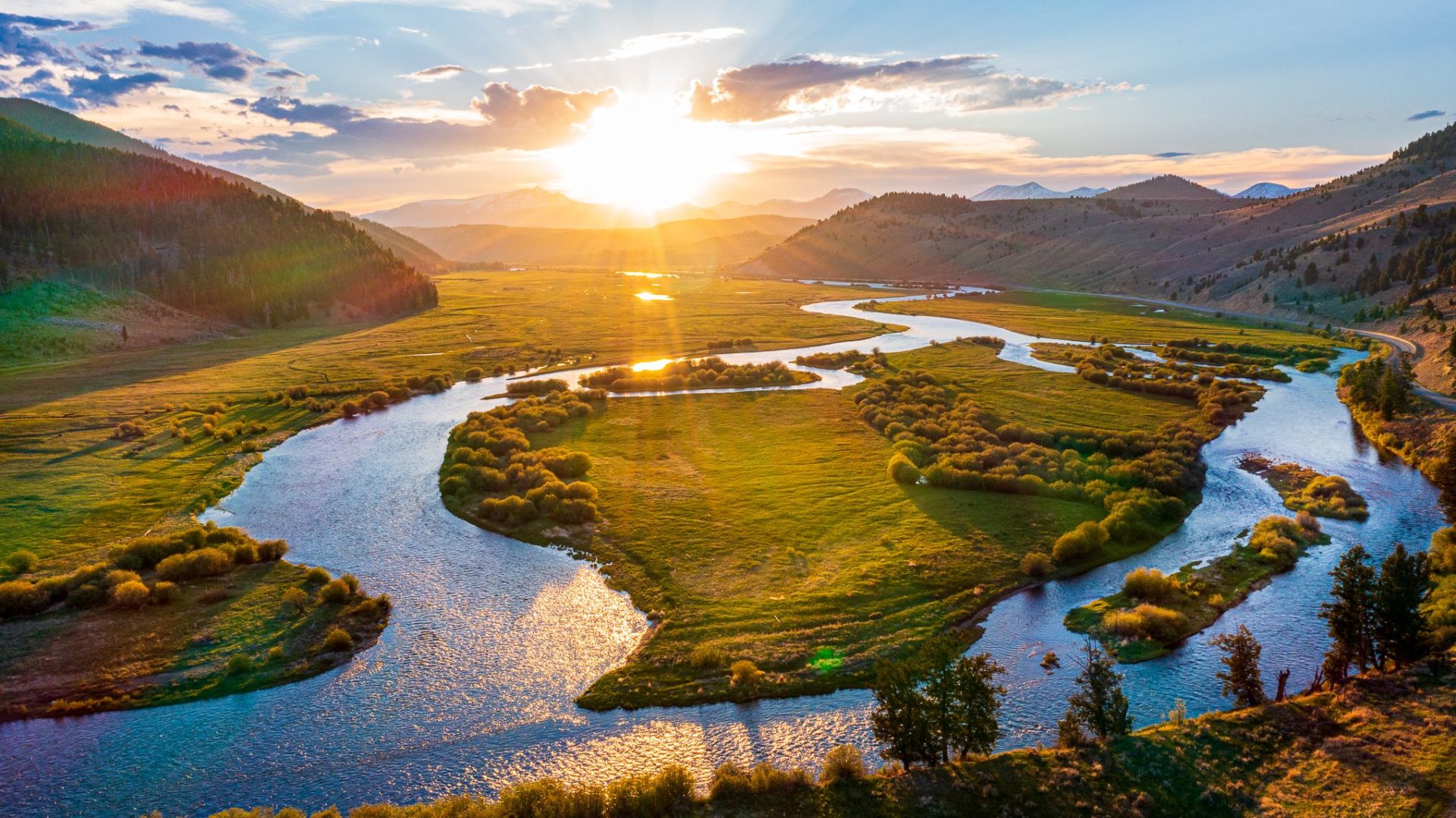[eye_row data_width=”container”][eye_column data_width=”0-12-0″][eye_text]
We woke up this morning to our second good frost in a row, which is good, because it stopped any snowmelt that yesterday’s heat started. Last night the Mud Creek and Wise River Gauges leveled off for a few hours, but as of 6:00 AM on the 12th, both the Mud Creek and Wise River Gauges were back on the drop. Here in Melrose the gauge shows that the river dropped all night and that it is starting to level off just now. I just went down to the Salmon Fly Fishing Access here in Melrose and the river is still off color, but the visibility has improved since last night. I don’t know that I would give it a full 18 inches if visibility, but its close. The sun wasn’t on the river yet, so it was hard to tell how clear the water really was.
Bottom line is that I think the Big Hole will fish today. You will probably have to go upriver to find cleaner water, but the upper river is my favorite place to fish this time of year.
If you want to Streamer fish, use yellow, white, orange or flashy flies and strip as slow as you can. If you are into nymphing, go with stoneflies, San Juans, and even try dead drifting one of those streamers mentioned above.
I am feeling good enough about the conditions that I am going to guide on the Big Hole today. When I went to bed I was thinking that I was going to be heading over to the Madison, but I like what we are seeing this morning.
We’ll keep you posted as conditions change.
[/eye_text][/eye_column][/eye_row]
